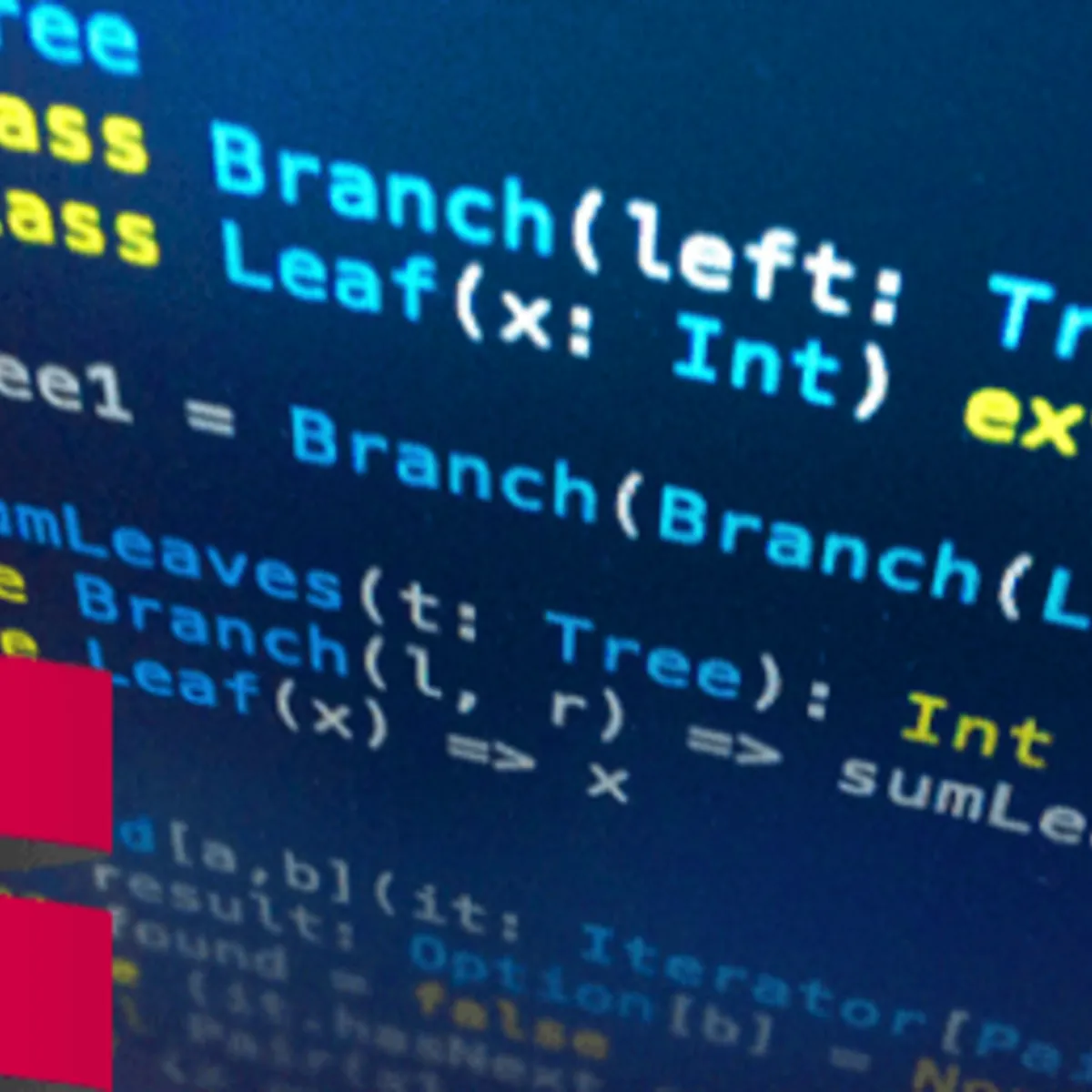
GARCH Models in Python 
GARCH models are a powerful tool for forecasting volatility in financial markets. With Python, you can create more realistic models with rolling window approaches and more sophisticated forecasts. This article introduces you to the data science modelling KISS principle, p-values and t-statistics for model configuration, ACF plots and the Ljung-Box test for validating assumptions, and likelihood and information criteria for model selection. You'll also learn how to apply GARCH models to real-world financial scenarios, such as VaR in risk management, dynamic covariance in asset allocation, and dynamic Beta in portfolio management. Discover how to create better GARCH models with Python today! ▼
ADVERTISEMENT
Course Feature
![]() Cost:
Cost:
Free Trial
![]() Provider:
Provider:
Datacamp
![]() Certificate:
Certificate:
No Information
![]() Language:
Language:
English
Course Overview
❗The content presented here is sourced directly from Datacamp platform. For comprehensive course details, including enrollment information, simply click on the 'Go to class' link on our website.
Updated in [June 30th, 2023]
This course provides an introduction to GARCH models in Python. Students will learn how to create better GARCH models with more realistic assumptions, use rolling window approaches to make more sophisticated volatility forecasts, and apply the GARCH models to real-world financial scenarios. The course also introduces the data science modelling KISS principle, and covers topics such as p-values and t-statistics to simplify model configuration, ACF plots and the Ljung-Box test to validate model assumptions, and likelihood and information criteria to select a model. By the end of the course, students will have a better understanding of GARCH models and how to apply them to financial scenarios.
[Applications]
After completing this course, students will be able to apply GARCH models to real-world financial scenarios. They will be able to use rolling window approaches to make more sophisticated volatility forecasts, use p-values and t-statistics to simplify model configuration, use ACF plots and the Ljung-Box test to validate model assumptions, and use likelihood and information criteria to select a model. Additionally, students will be able to apply the data science modelling KISS principle to their GARCH models.
[Career Path]
Job Position Path: Financial Risk Analyst
Financial Risk Analysts are responsible for assessing and managing the financial risks associated with investments, loans, and other financial transactions. They use a variety of tools and techniques to identify, measure, and manage risk, including GARCH models. Financial Risk Analysts must have a strong understanding of financial markets, financial instruments, and risk management principles. They must also be able to interpret and analyze financial data, identify potential risks, and develop strategies to mitigate those risks.
The development trend of Financial Risk Analysts is towards more sophisticated and complex risk management techniques. As the financial markets become more volatile and complex, Financial Risk Analysts must be able to use more advanced tools and techniques to identify and manage risk. This includes the use of GARCH models, which allow for more accurate and realistic volatility forecasts. Financial Risk Analysts must also be able to use rolling window approaches to make more sophisticated volatility forecasts. Additionally, they must be able to use p-values and t-statistics to simplify model configuration, ACF plots and the Ljung-Box test to validate model assumptions, and likelihood and information criteria to select a model.
[Education Path]
The recommended educational path for learners of GARCH Models in Python is a Master's degree in Financial Engineering or a related field. This degree will provide learners with the necessary knowledge and skills to understand and apply GARCH models in a variety of financial scenarios.
The curriculum of a Master's degree in Financial Engineering typically includes courses in financial mathematics, financial engineering, quantitative finance, and financial risk management. These courses will provide learners with the necessary theoretical and practical knowledge to understand and apply GARCH models. Additionally, learners will gain an understanding of the principles of financial engineering, quantitative finance, and financial risk management.
The development trend of a Master's degree in Financial Engineering is towards a more comprehensive and interdisciplinary approach. This includes courses in data science, machine learning, and artificial intelligence, which will enable learners to develop more sophisticated GARCH models. Additionally, courses in financial regulation and compliance will provide learners with the necessary knowledge to understand the legal and regulatory implications of GARCH models.
Course Syllabus
GARCH Model Fundamentals
GARCH Model Configuration
Model Performance Evaluation
GARCH in Action
Course Provider

Provider Datacamp's Stats at AZClass
Discussion and Reviews
0.0 (Based on 0 reviews)
Explore Similar Online Courses

How To Make Money On Snapchat & Attract New Customers

Learn Mandarin Chinese: Capstone Project

RDBMS PostgreSQL

Intro To PostgreSQL Databases With PgAdmin For Beginners

PostgreSQL: Client Applications

Mastering SQL using Postgresql

Database Design and Basic SQL in PostgreSQL

PostgreSQL: Advanced Queries

Spatial SQL with Postgres : A language for geographers

Learn SQL Using PostgreSQL: From Zero to Hero

PostgreSQL Essential Training


Start your review of GARCH Models in Python